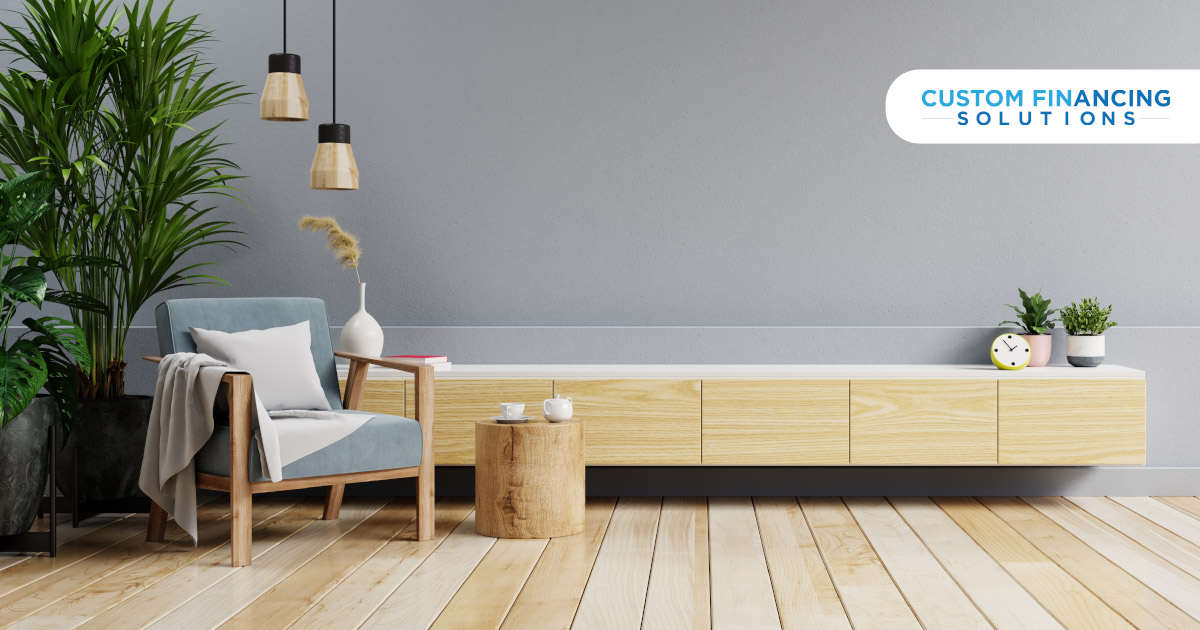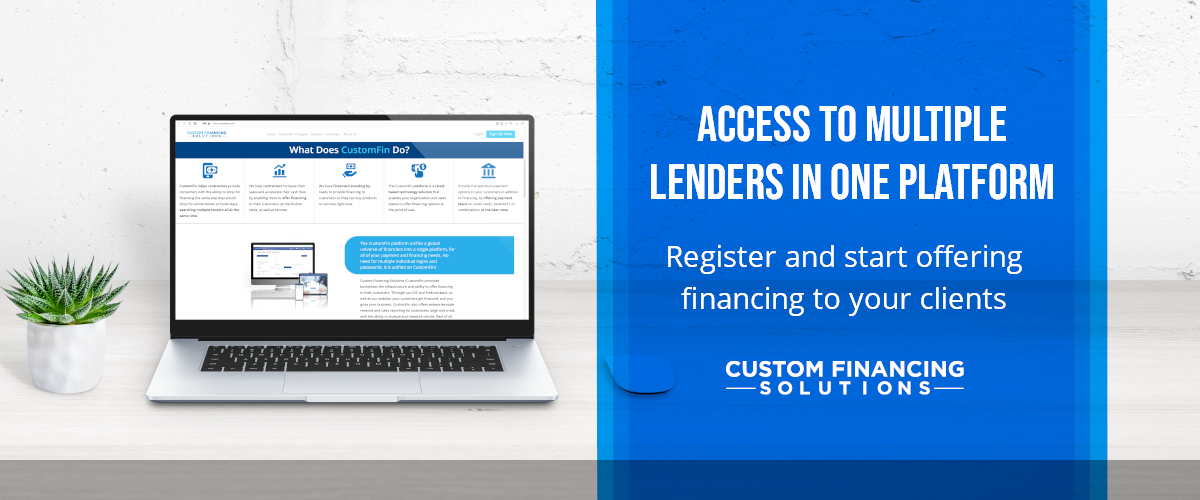The floor of the house is an element that interacts the most with the homeowners. When you think about flooring, several options come to mind. Wood, marble, and tiles are some of the most preferred because of the effect it has on the interior. However, there is an option that deserves more recognition- bamboo flooring.
Bamboo flooring is made from bamboo. It is a unique option to consider and has many advantages to its name. Here are our five important takeaways from using bamboo as a flooring material.

Alternative To Hardwood
Hardwood is considered a fan favorite. Owners fall in love with the multiple styles and finish it offers. Similar to wood, they derive bamboo from natural sources. This means that it is a renewable material. It offers a similar finish to the hardwood at a lower cost. You can suggest it to homeowners who are looking for a clean look.
The flooring costs between $5 to $10 per square foot area.
A Sustainable Option
Bamboo is a naturally occurring material that technically qualifies as grass, not a tree. It grows almost 4 times as fast as a tree for natural wood. The hugely sustainable option could become a crowd’s favorite because of its environmental friendliness.
Another benefit is that it is available in abundance and can be replicated easily.
Versatile
To be successful in the category of flooring, the material has to be versatile. You can use bamboo in almost every room of the house. Its installation isn’t complicated as it comes in easy-to-fix planks. We can use it both over an underlay or by nailing it to the subfloor. As a natural conductor of heat, it works well with any underfloor heating setup.
Maintaining the look of the floor is also relatively easy. Mopping and vacuuming will take out any minute particles. You can suggest a bamboo floor cleaner for the best results.
Huge Selection
Most owners have the misconception that all bamboo flooring is the same. There is a vast selection to choose from. Standard bamboo is obtained by shredding the stalks into strands. This is then compressed using binders and heat to be later cut into planks. A grained horizontal flooring has thin strands that have been cut and glued to form the planks. Like similar materials, you can also refinish bamboo at a reasonable cost.
You can get it in its original lighter shade or a carbonized darker version. It also has different versions depending on the grain pattern, grain density, finish, size, etc.
Weak Against Water
No material is perfect in every condition. Bamboo’s weakness comes from water. While it is water-resistant to a small extent, it isn’t waterproof. The material absorbs any water around it. This makes the flooring soft and easy to break.
Therefore, you should never suggest this type of flooring for bathrooms.
By looking at the floor of your customer’s house, you can tell if the flooring needs to be changed. Bamboo flooring is a decent option to suggest if your customer is looking for something similar to wood. It has continued to impress during the past years.
We at CustomFin write blogs that improve your knowledge. We also offer easy payment options to your clients so that you can close more deals.
Get started now and grow your business further.









